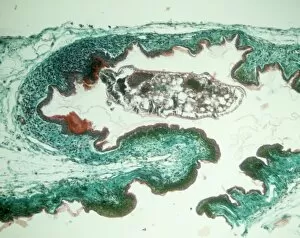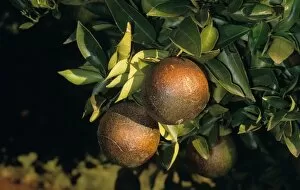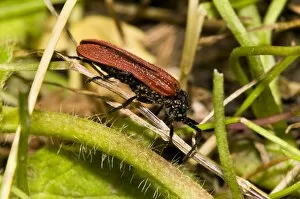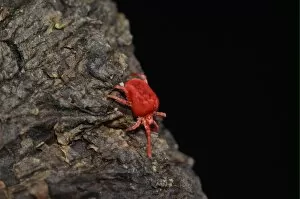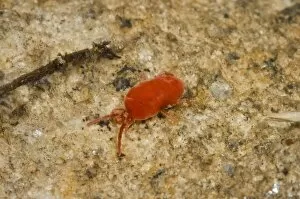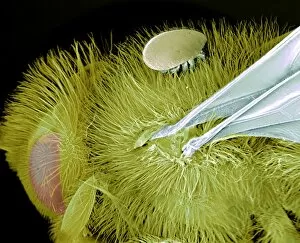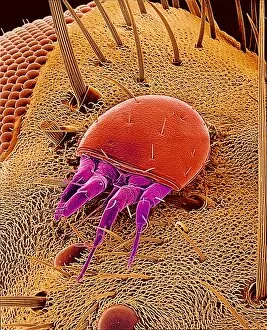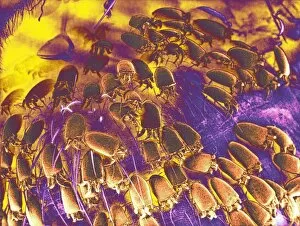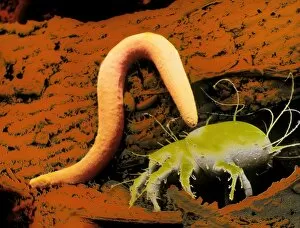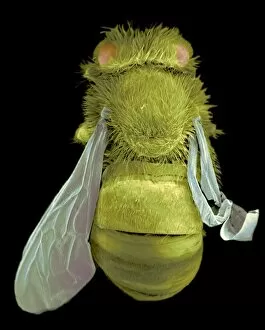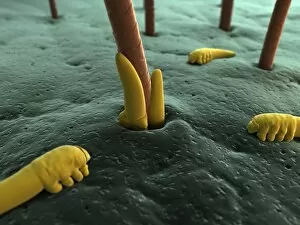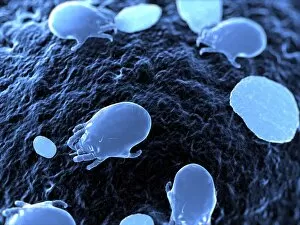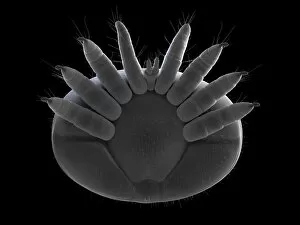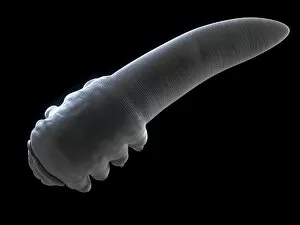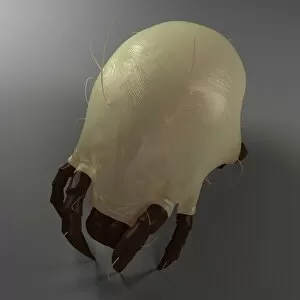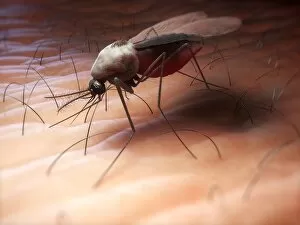Mite Collection (#4)
"Mite: Tiny Creatures with a Big Impact" From munching on cheese to causing havoc in beehives they can fascinating creatures that come in various shapes and sizes
For sale as Licensed Images
Choose your image, Select your licence and Download the media
"Mite: Tiny Creatures with a Big Impact" From munching on cheese to causing havoc in beehives they can fascinating creatures that come in various shapes and sizes. Picture No. 11675613 captures the intricate world of these minuscule beings. One well-known mite is Sarcoptes scabiei, responsible for scabies infestations. These microscopic pests can cause intense itching and discomfort for their unfortunate hosts. On the other hand, Oligonychus ununguis, commonly known as red spider mites, wreak havoc on plants by sucking out their vital juices. Intriguingly, crustaceans and arachnids also fall under the category of mites – a litho (black and white photo) showcasing this diverse group would surely captivate any nature enthusiast. Dust they are another type that often goes unnoticed but can trigger allergies in susceptible individuals. Their presence is beautifully depicted through artwork inspired by these elusive creatures. For those who appreciate scientific marvels, Scanning Electron Micrograph (SEM): Follicle Mite - Magnification x 3800 offers an up-close look at the intricacies of a follicle-dwelling mite. The level of detail revealed is truly astonishing. The Varoa mite has become a notorious honeybee parasite due to climate change-induced mild winters. A heartbreaking image shows how it infects and damages beehives in Cockermouth, Cumbria, UK – highlighting the urgent need to protect our precious pollinators. Meanwhile, Red spider mites (Tetranychus urticae) showcase their vibrant presence against an Andalusian backdrop during June's warm embrace. Lastly, an engraving from 1870 portrays "The widows' mite, " reminding us that even ancient cultures recognized these tiny creatures' significance throughout history. Whether they're eating cheese or causing ecological disruptions, mites prove that size is not a measure of impact.


